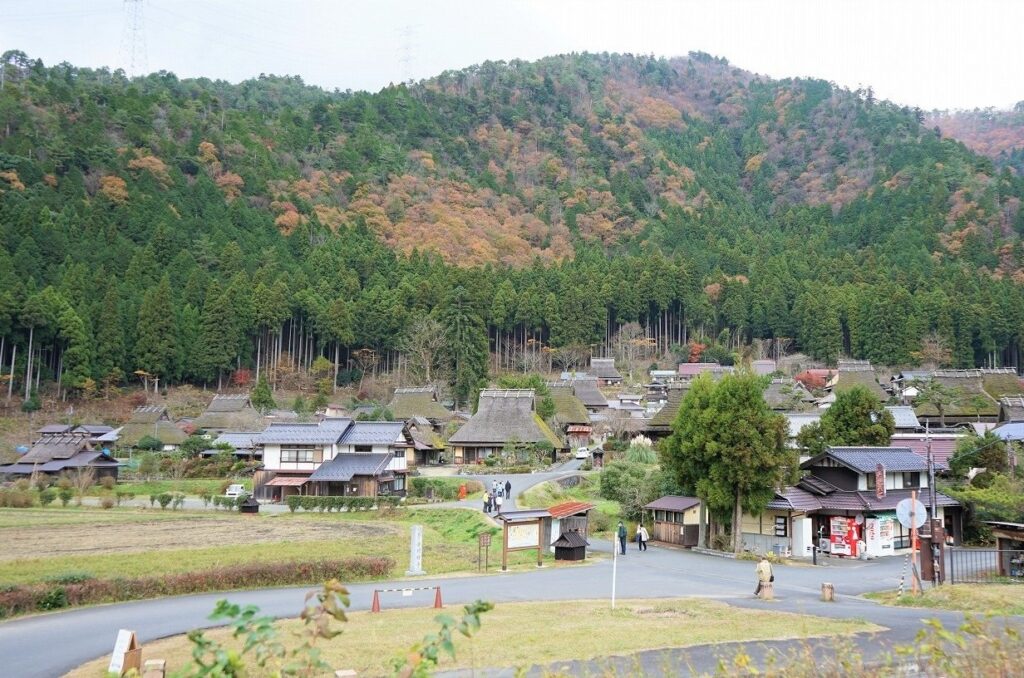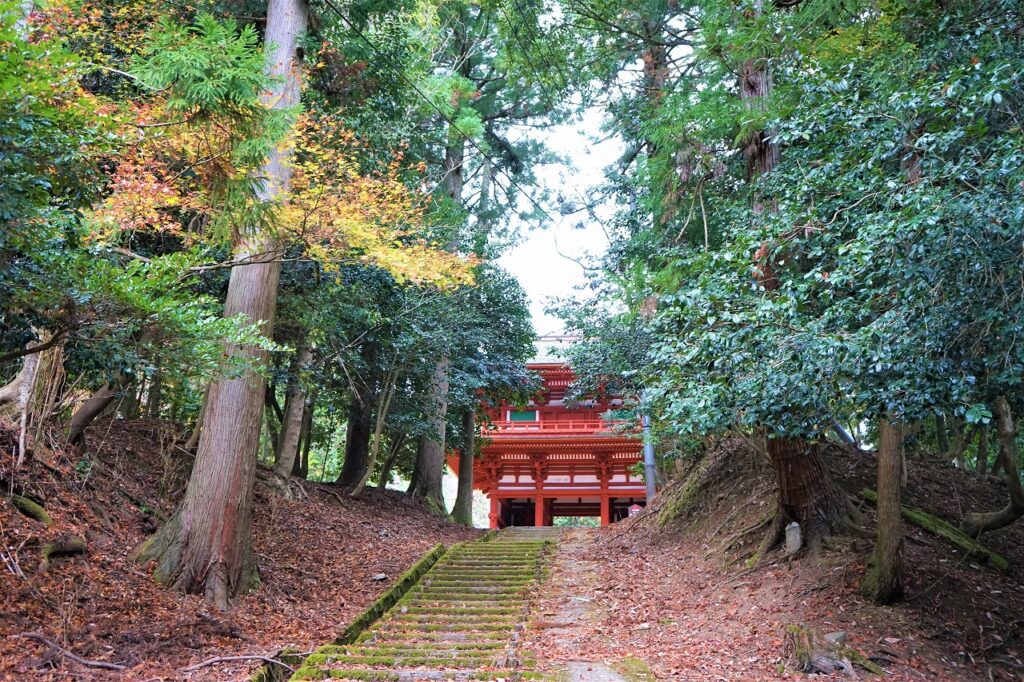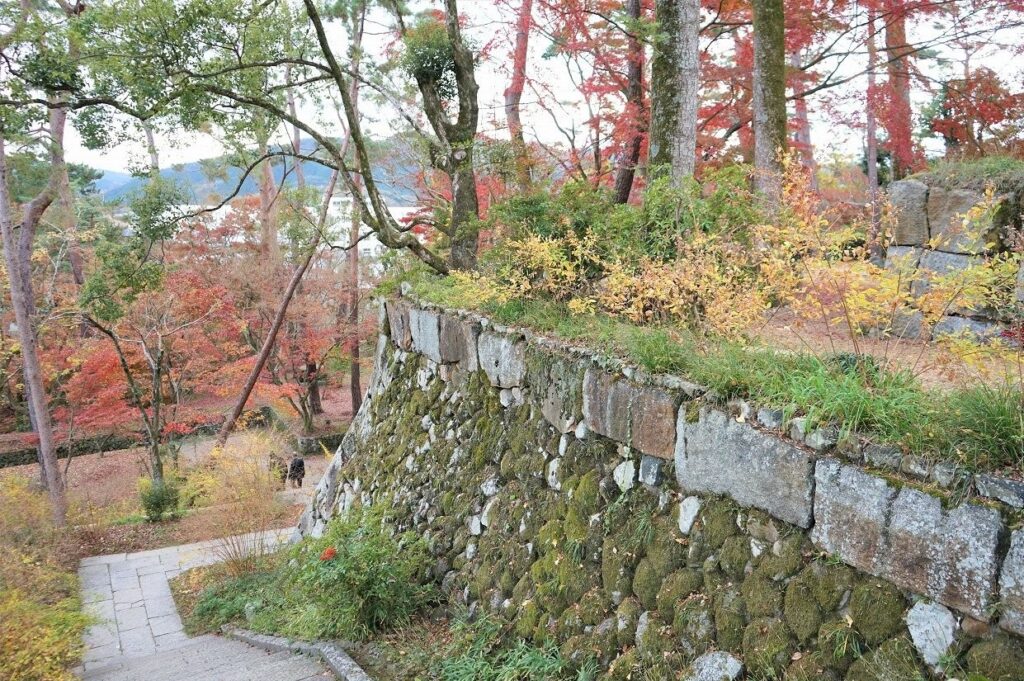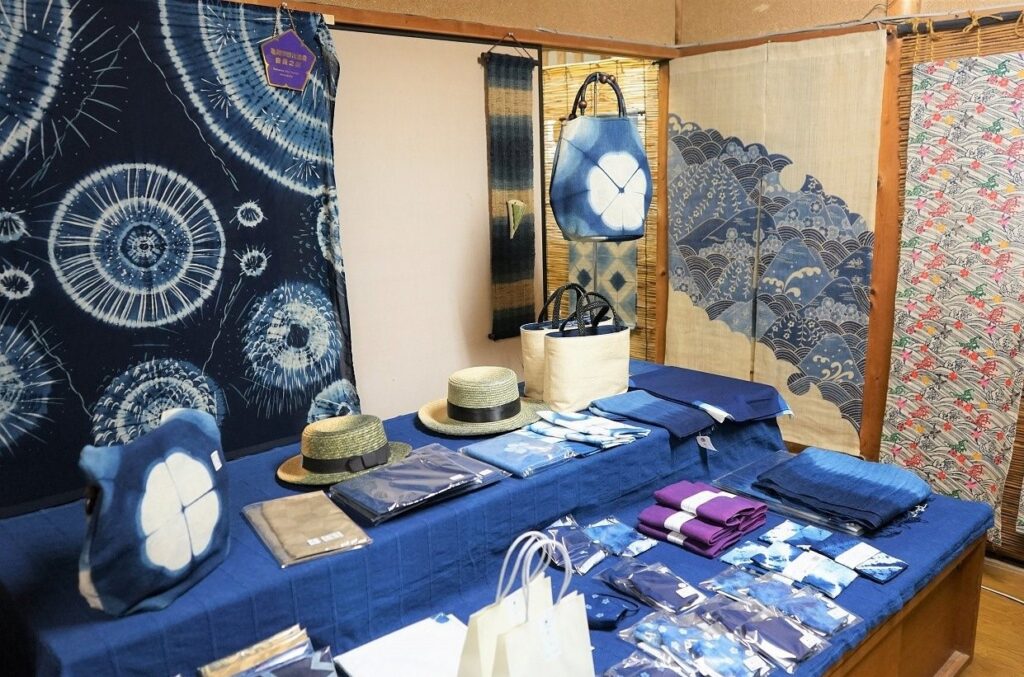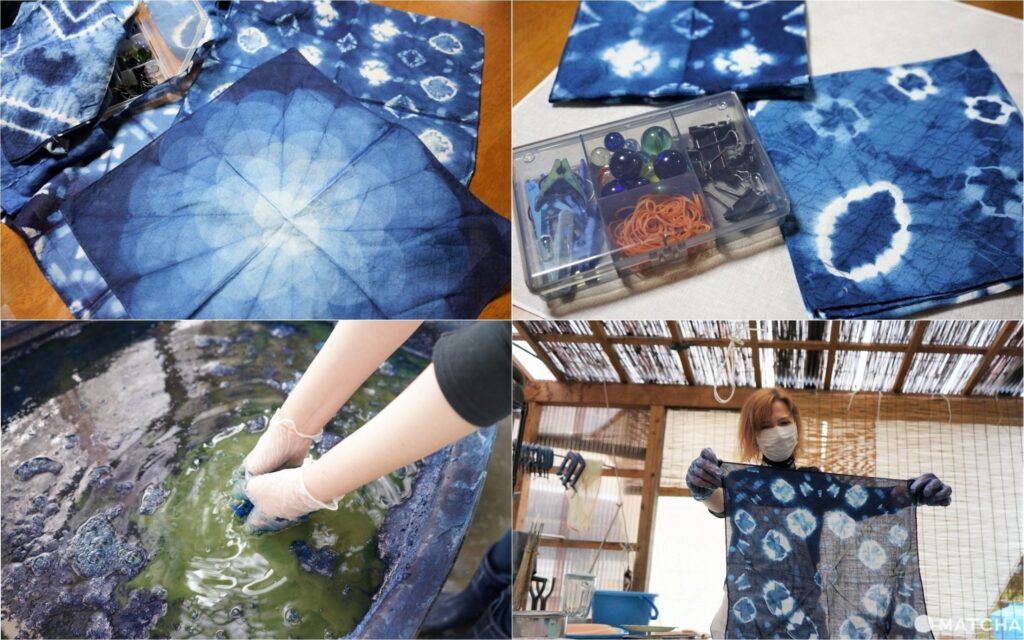Indigo dyeing, called aizome, has a long tradition in Japan; people have enjoyed this distinguished deep blue hue for centuries. Tokushima and Okinawa are particularly famous for indigo dyeing techniques. Less known, however, is Kyoto’s own indigo dying tradition!
Kyoto indigo dyeing was revived through the efforts of a research group. The indigo plant that produced this hue was traced and its cultivation resumed in Kameoka seven years ago. Currently, Kyoto Hozuai Studio specializes in the cultivation of this plant and indigo dyeing.
To learn more about indigo and traditional dyeing techniques, we suggest taking part in a workshop at Kyoto Hozuai Studio. You can try your hand at dyeing a handkerchief, a T-shirt, a scarf, or other textiles. (*Workshop fee: 1,100 yen; the fee differs depending on the size of the textile you wish to dye.)
The handkerchief-dyeing workshop takes from 30 to 45 minutes and follows the same steps as in professional textile dyeing: deciding upon the design, creating patterns by wringing, soaking the material in indigo dye then cleansing it with water several times, and drying. The result will be a pattern that is one of a kind!
If you fell in love with indigo, check out some of the products made by the artisans at Kyoto Hozuai Studio. They also sell aicha, powder tea made of indigo plant leaves, which is highly praised for its antioxidant content and anti-inflammatory effects.
